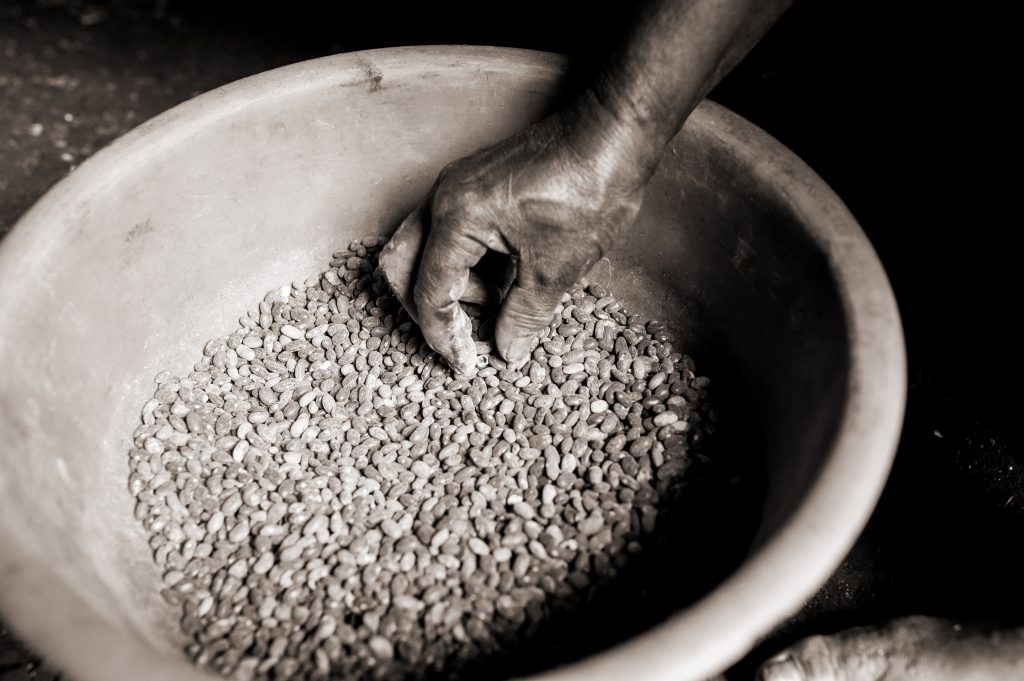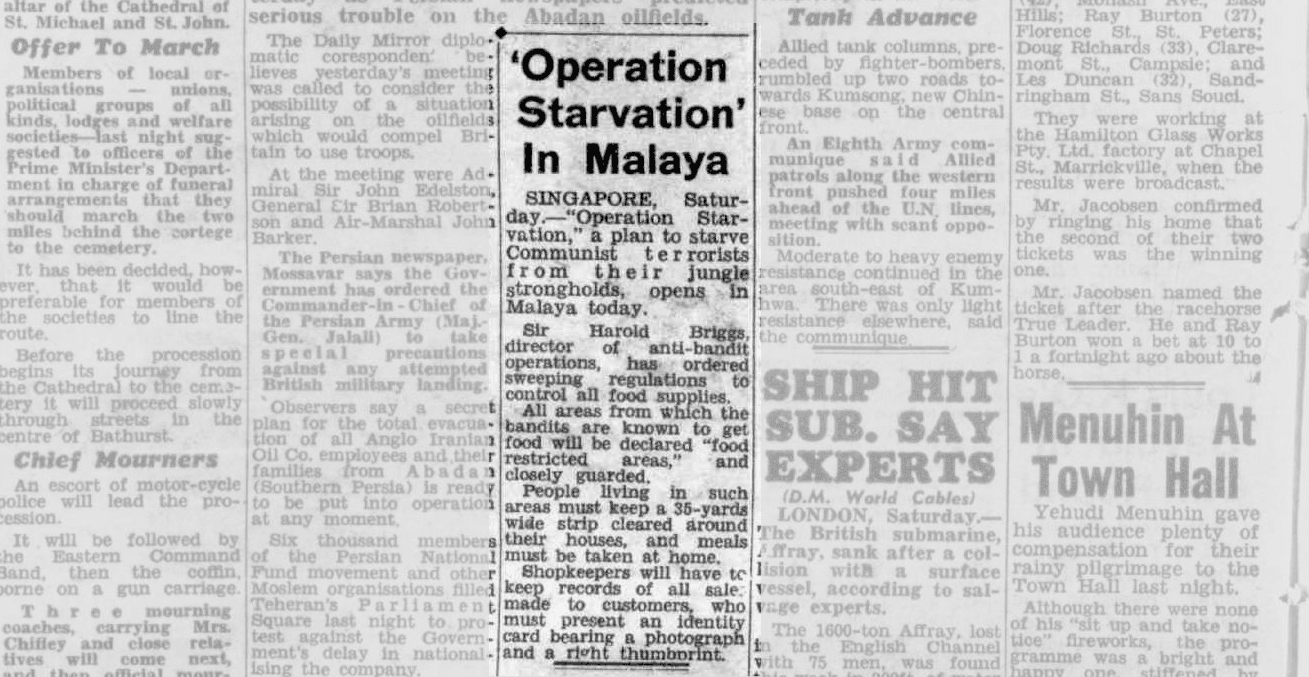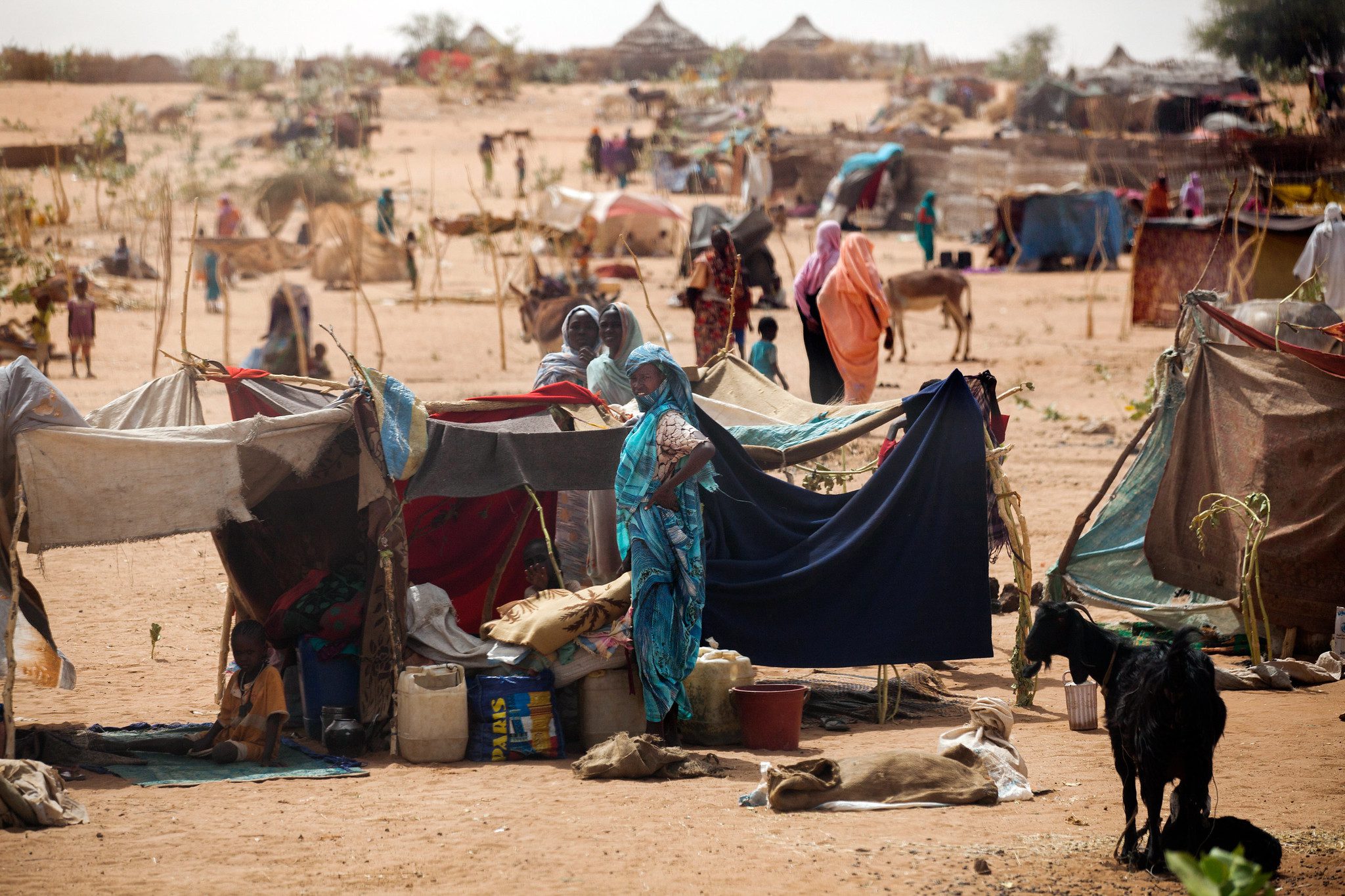The purpose of the Integrated food security Phase Classification (IPC) and FEWS NET is to provide real time warnings. They have done their job in Gaza and many other places.
As I wrote in my recent piece in the Guardian, we should not have to wait to count the graves of children before we determine that it’s famine. The people who work for these mechanisms will be the first to insist that ‘famine’ is an arbitrary threshold and when we come close to warning of famine, the response is already failing.
The IPC and FEWS NET have developed standardized metrics. This blog post lays out some of the comparisons that become possible across different crises in different countries.
Here, I focus on outcomes, especially excess mortality, not political intent or criminal culpability, which require a separate analysis.
The most comprehensive treatment of how to measure acute food insecurity and famine is a paper by Daniel Maxwell, Abdullahi Khalif, Peter Hailey and Francesco Checchi, ‘Determining famine: Multi-dimensional analysis for the twenty-first century.’ This builds upon the proposal by Paul Howe and Stephen Devereux for famine intensity and magnitude scales, which provided the prototype for the IPC.
Maxwell et al. identify four dimensions to famine: intensity, magnitude, duration and geographic specificity. The IPC uses intensity: the level of food insecurity or starvation within a certain geographically defined area. Magnitude refers to the total number of excess deaths over the entire afflicted area for the duration of the famine. This is the metric I used for the World Peace Foundation historical catalogue of famines and my book, Mass Starvation. Measuring magnitude faces definitional issues over identifying the geographical boundaries of a famine and its start and end dates, as well as methodological challenges about estimating mortality. The third dimension is duration, or the time profile of the process of descending into famine and recovering from it. Famines follow different and idiosyncratic trajectories, and deciding when a famine ends can be problematic because it may take a long time for mortality rates to return to ‘normal’. The final dimension concerns geography. Some crises are spatially concentrated (and thus readily captured by measures of intensity), while others may (for example) strike people of a particular livelihood category spread across dispersed locations or displaced people who may be intermixed with a host population that is more food secure.
We should note that the Howe and Devereux paper proposed a six-phase intensity scale for food insecurity and famine, which has close similarities to the IPC five-phase scale. Their Phases 0-3 are ‘food security’, ‘food insecurity’ and ‘food crisis’. Phase 3 is ‘famine conditions’, which uses the mortality indicator of deaths exceeding 1/10,000/day and wasting (acute malnutrition) rates of more than 10%. This is a significantly lower threshold than the IPC ‘Famine’ designation. Phases 4 and 5 are ‘severe’ and ‘extreme’ famine conditions. Had this scale been adopted by the IPC, most cases of IPC phase 4, ‘emergency’, would be reclassified as ‘famine.’ Gaza would have been in famine some months ago, and we would have had declared famines in half a dozen other countries.
This underlines the fact that ‘Famine’ is not a binary—there’s no simple switch from non-famine to Famine conditions.
The IPC special report on Gaza, the Famine Review Committee assessment and the FEWSNET report all make their ‘imminent Famine’ warning based on the intensity dimension.
Epidemiologists from the London School of Hygiene and Tropical Medicine and the Johns Hopkins Center for Humanitarian Health have set up a ‘scenario-based health impacts projection project’ for Gaza. Israel’s own calculations, prior to the October 7 war, for the minimum nutritional needs of Gaza, are in a classified document from 2008 known as the ‘red lines’ assessment, which was obtained by the Gisha human rights organization.
Below are some of the details for mortality estimates and IPC classification for recent food emergencies.
The best figures for the death toll in Somalia in 2011 are from a study by Francesco Checchi and Cortland Robinson. They estimate that famine and severe food insecurity in Somalia ‘claimed the lives of about 258,000 people between October 2010 and April 2012, including 133,000 children under 5.’ This was a ‘great famine’ (by magnitude) and ‘Famine’ by severity.
The best estimates for the death toll in South Sudan from 2013-2018 are from a study by Francesco Checchi and colleagues. They write, ‘We estimate 383,000 people died in excess of the counterfactual baseline during the analysis period.’ Of these,190,000 people were killed in violence, leaving 193,000 excess deaths attributable to hunger and disease. In this crisis, a relatively small proportion of deaths occurred in the three counties determined to be in ‘Famine’ or ‘near famine’ in 2017. Checchi et al. estimate that some 38,879 people lost their lives, of which 3,183 were in those three locations during the four months of that ‘famine.’ Also, during the subsequent four months an estimated 38,279 people died.
This highlights a shortcoming of the severity-based metric: it concentrates our attention on the most intense places, not on the broader disaster.
The death toll in Tigray, Ethiopia, from 2020-2022 is hotly disputed. In July 2021, the IPC’s Famine Review Committee warned of likely famine over the coming months. The Ethiopian government prevented any further data gathering so as to claim that absence of evidence for famine was evidence for the absence of famine. The best estimate for the death toll was compiled by Jan Nyssen and colleagues, who write, ‘Our calculations of the total number of civilian deaths in Tigray, updated up to 31 December 2022, lead to an average estimate of 518k civilian victims in Tigray. The lowest estimate we could realistically make is 311k, and at the upper end a scary 808k. Of these, approx. 10% would be due to massacres, bomb impacts and other killings, 30% due to the total collapse of the healthcare system, and 60% to famine.’
There’s controversy about the food emergency in Tigray today. The Ethiopian government is again insisting that reports of famine are unfounded. Having dismantled the IPC system in the country, and without access to critically-affected areas because of fighting, the government is looking into an informational black hole of its own making.
The death toll in Yemen is also controversial. There are a number of studies of specific areas but no authoritative overview. In late 2021, UNDP made an assessment: ‘If conflict continues through the end of 2021, we estimate that it will have caused 377,000 deaths with 154,000 due to direct combat and violence and 223,000 – or nearly 60 per cent – indirectly caused by the conflict. Of the total deaths, 259,000 – nearly 70 per cent of total conflict-attributable deaths – are children younger than five years old.’
The biggest food emergency by numbers is in Sudan today. The most comprehensive analysis is by the Clingendael Institute. More than 25 million people face acute food insecurity with a serious risk of descent into IPC levels 4 and 5. This could become the biggest mass mortality event of modern times.
Two points are particularly salient for Gaza today. First, it has more people in IPC phase 5 than any of these cases. Second, if we take the figures of 1.3 million Gazans in IPC phase 4 or worse on December 7 and 1.5 million in phases 4 and 5 today, and assume, hypothetically, that the population in IPC phase 4 was suffering a mortality rate of 1/10,000/day, this would indicate that over the last 105 days, more than 14,700 people would have died from hunger and disease, without ‘Famine.’
The point is that Gaza is already facing a catastrophe of starvation and elevated deaths.
The diversity of these cases, across the four dimensions identified by Maxwell et al.—intensity, magnitude, duration and geography—poses the question of what are the most appropriate measures for early warning and effective response. Different patterns of food crisis should perhaps be assessed differently. We also need to take into account that famines are man-made, which follows that the purposes of the men who make them is important, and the political context that frames their decisions. David Marcus has proposed a four-degree scale for ‘famine crimes’, and international law implies frameworks for accountability. In short, famines are complex and cannot be reduced to a single indicator.
Despite these complications and shortcomings, the IPC and FEWS NET systems provide a compelling overall analysis and a timely warning. They are doing their job.
It’s profoundly shocking that we face multiple famines today, with unprecedented intensity and magnitude. But we cannot claim that we do not know.



